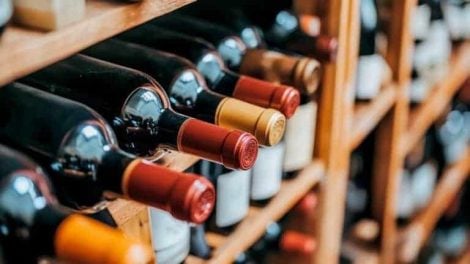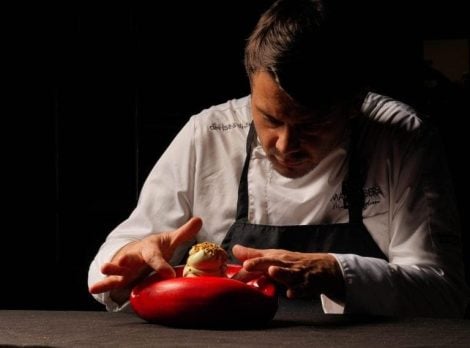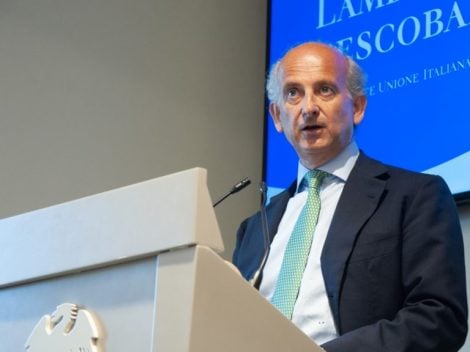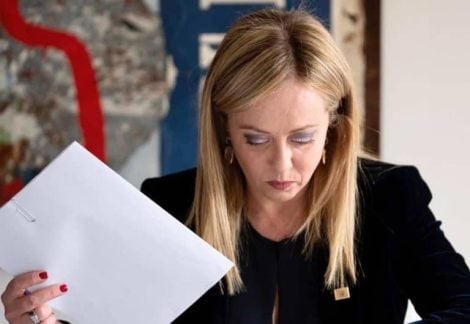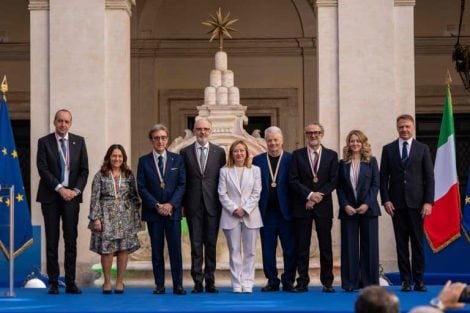“It was in Montenero d'Orcia in 1958 that the story of our oil mill began, thanks to my uncle Franco and my father, Fernando Franci, who, after purchasing the historic Villa Magra olive grove, renovated an old barn to turn it into an oil mill.” Giorgio Franci, owner of the mill that bears the family name, tells us that he originally had very different plans for his future, having started studying Architecture at the University of Florence.
From tins to the first label
The turning point came almost by chance, as Giorgio recounts: “In the winter of 1995, I dedicated more time to the oil mill to help my father, who was struck by a bad bronchitis, and that was the opportunity that sparked my interest. I spent my time at the mill and, while browsing the magazine 'Uliveto' by the Mastri Oleari, I noticed that several producers in Italy were creating a movement to take the first steps towards quality. Moreover, an oil we had produced on a third-party basis had won the Leone d'Oro competition, which stimulated me.” For some years, Giorgio had been bringing their oil in tins to clients in Florence, but once he started studying architecture, he decided to create an image: “I designed the label, and we participated in a fair. No one could compete; the bottle was the most beautiful and elegant. That's how we debuted on the market with Villa Magra and our brand, Franci.”
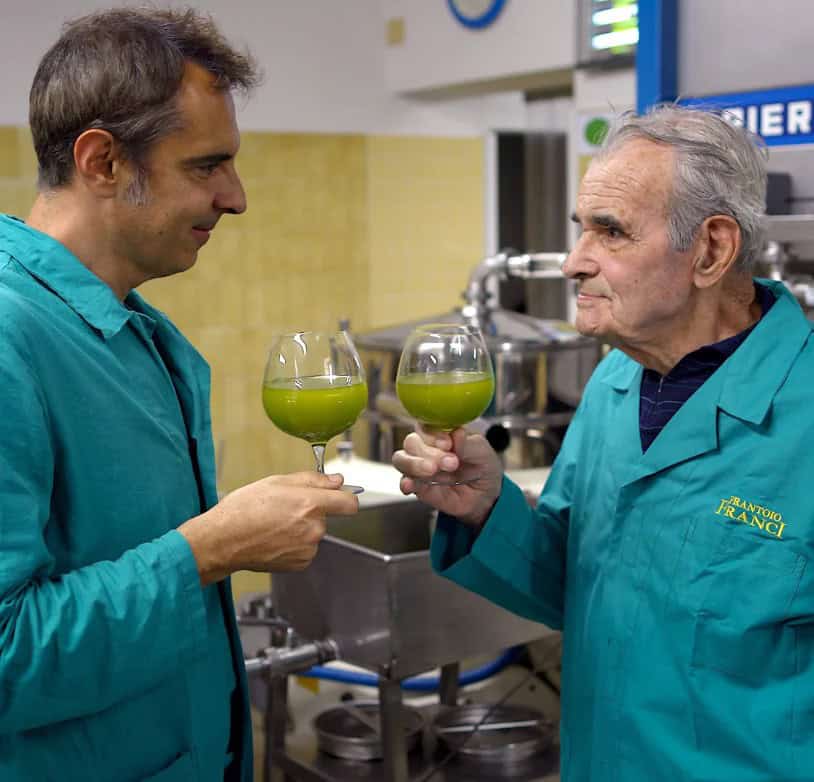
Trade fairs, packaging, and pricing
The transition from selling only tins to the elegant packaging of bottles certainly required a different commercial approach, so they began participating in trade fairs. “At the first Vinitaly we attended, I was only concerned with having a beautiful bottle, focusing more on aesthetics than prices. So, when the first customer approached our stand, attracted by the beauty of the bottle, he tasted the oil, found it good, and asked the price. I realized I hadn't thought about it at all and had a split second to decide: so I blurted out 15,000 lire for the half-liter and 20,000 for the 0.75-liter bottle. He said it was too expensive. However, he sensed my naivety and placed a first order; he is still one of our key clients in Rome today.”
A hundred great Bordeaux
The path taken by the young Giorgio and his father began to yield results. Their oils became increasingly appreciated, and one of the company's flagship products, Villa Magra Grand Cru, won first prize at the international tasting organized by the Grand Jury Européen in June 2003, reserved for the world's best extra virgin oils at Château Branaire. “Following this result, in October of that year, the president of the Grand Jury Européen, François Mauss, proposed and organized an exchange of 100 bottles of Villa Magra Grand Cru for 100 bottles of great Bordeaux wines, including Latour, Lafite, Petrus, Cheval Blanc, etc. That 2002 Villa Magra Grand Cru remains one of the most vivid profiles in my memory as a producer, a model that has always inspired me. That oil paved the way, but it took many years to learn how to follow it; all the other paths seemed easier.”
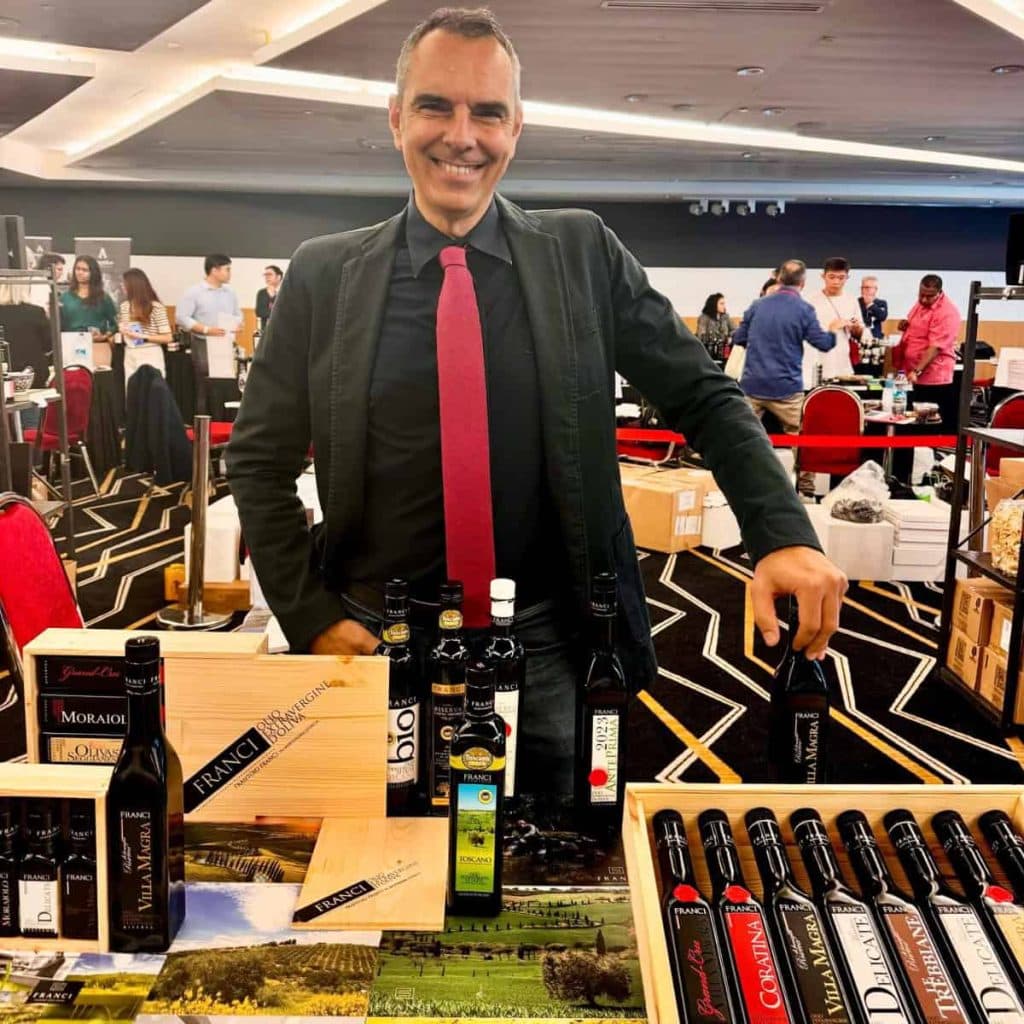
Frantoio Franci today
Over the years, Franci has managed to intertwine quality with production volumes like few others, never relinquishing the enhancement of the surrounding territory's peculiarities. Native varieties such as Olivastra Seggianese and the more widespread Frantoio have always played a fundamental role in the company's production. Quality and storytelling have facilitated widespread international diffusion: “Today, we produce over 20 different labels and operate in over 40 countries worldwide. Each of our products is the result of years of work, experiments, sometimes even mistakes, but above all, an awareness that has led us to reflect and listen to our clients' needs and tastes, rather than chasing the record for polyphenols. We seek the perfect combination, an oil that works, that is good not only for competition tasters but also for everyday pasta or salad.”
The new 4.0 Oil Mill
An avant-garde reality never rests on its laurels, and with this spirit, Giorgio Franci reveals the upcoming innovations for the company. “The production facility will be expanded by about 2500 square meters. The new spaces will allow us to continue working efficiently, thanks to the installation of a new 4.0 line for olive processing, where technology and innovation will serve our experience to further improve the quality of our oils.” Additionally, as Giorgio explains, there will be an enhancement of the mill's reception area, which has always welcomed guests and tourists to immerse them in production and tasting, as well as an expansion of the olive grove: “We are also working on building a 360° panoramic terrace overlooking Maremma, Monte Amiata, and Val d'Orcia. We have also prepared a new warehouse, storage, and bottling area, and we are already planting over 15,000 olive trees, using typical Tuscan varieties, Maurino and Leccio del Corno, experimenting with super-intensive cultivation. In parallel, we continue to pursue traditional olive-growing models, such as with some ancient and centuries-old olive trees from which we produce our Rose, a monocultivar of Olivastra Seggianese.” Not less important is the focus on sustainability, which will increase the use of olive processing by-products to naturally fertilize the olive groves and produce new energy in biomass plants, “All to create an eco-sustainable circular economy, where the quality of our oils grows while respecting the environment and the territory.”

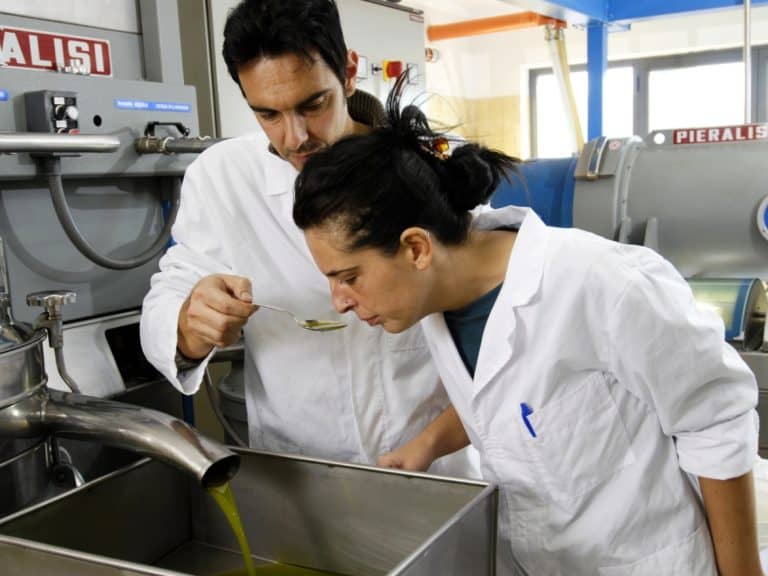
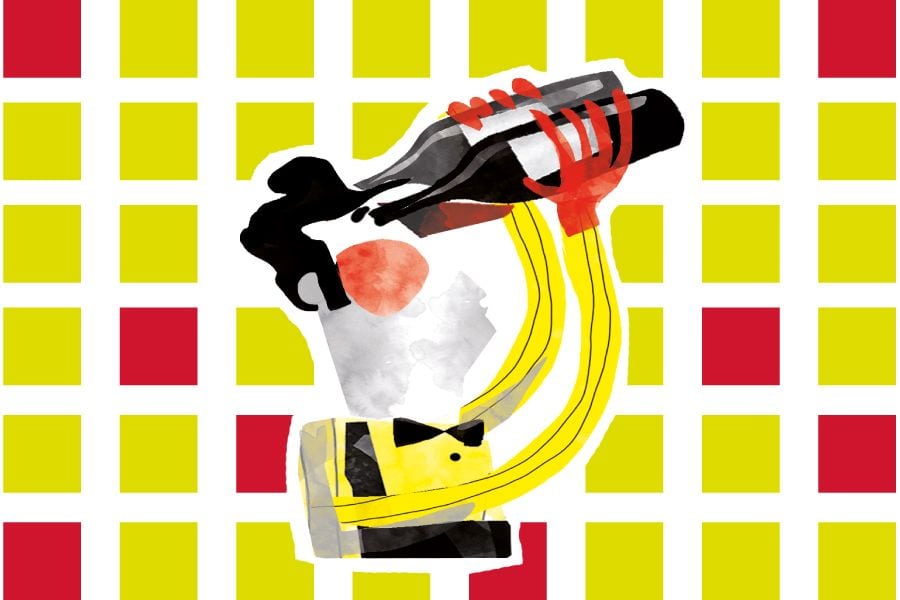 For the first time, Vini Rari arrive at Vinitaly 2025. Here's what they are
For the first time, Vini Rari arrive at Vinitaly 2025. Here's what they are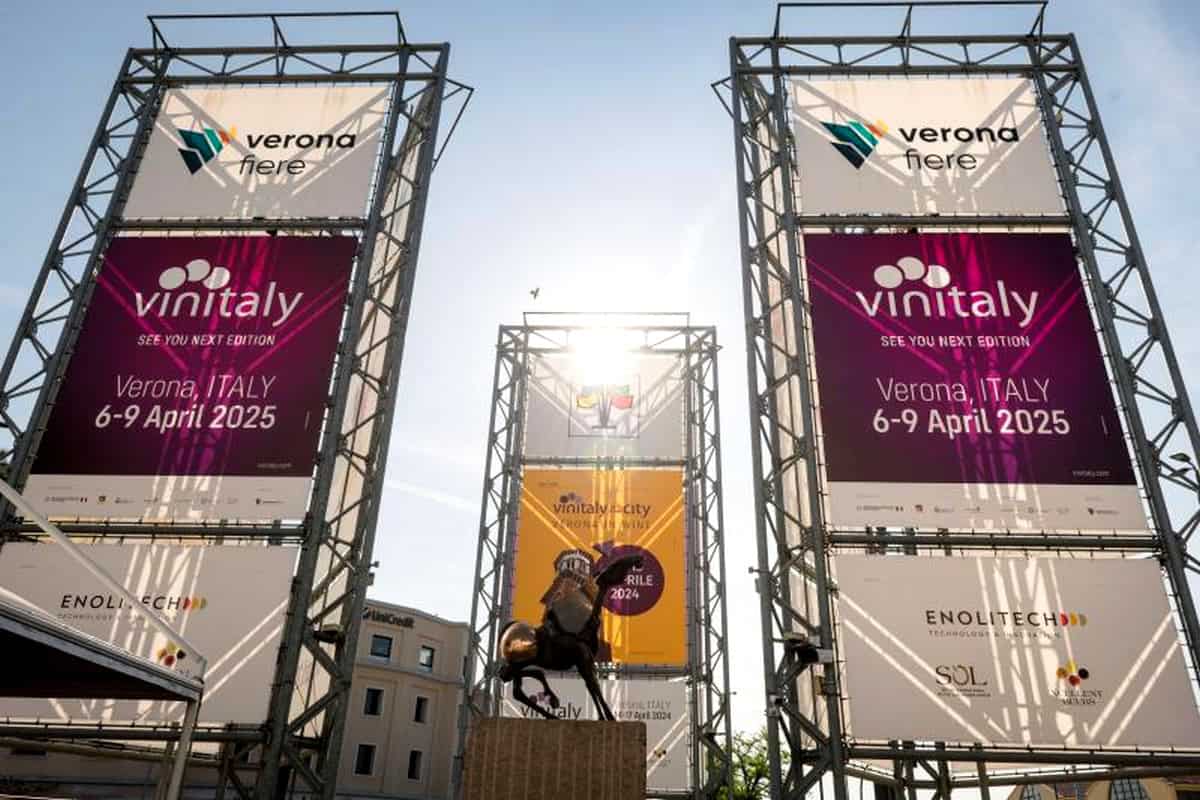 Here are all the events to watch out for at Vinitaly 2025
Here are all the events to watch out for at Vinitaly 2025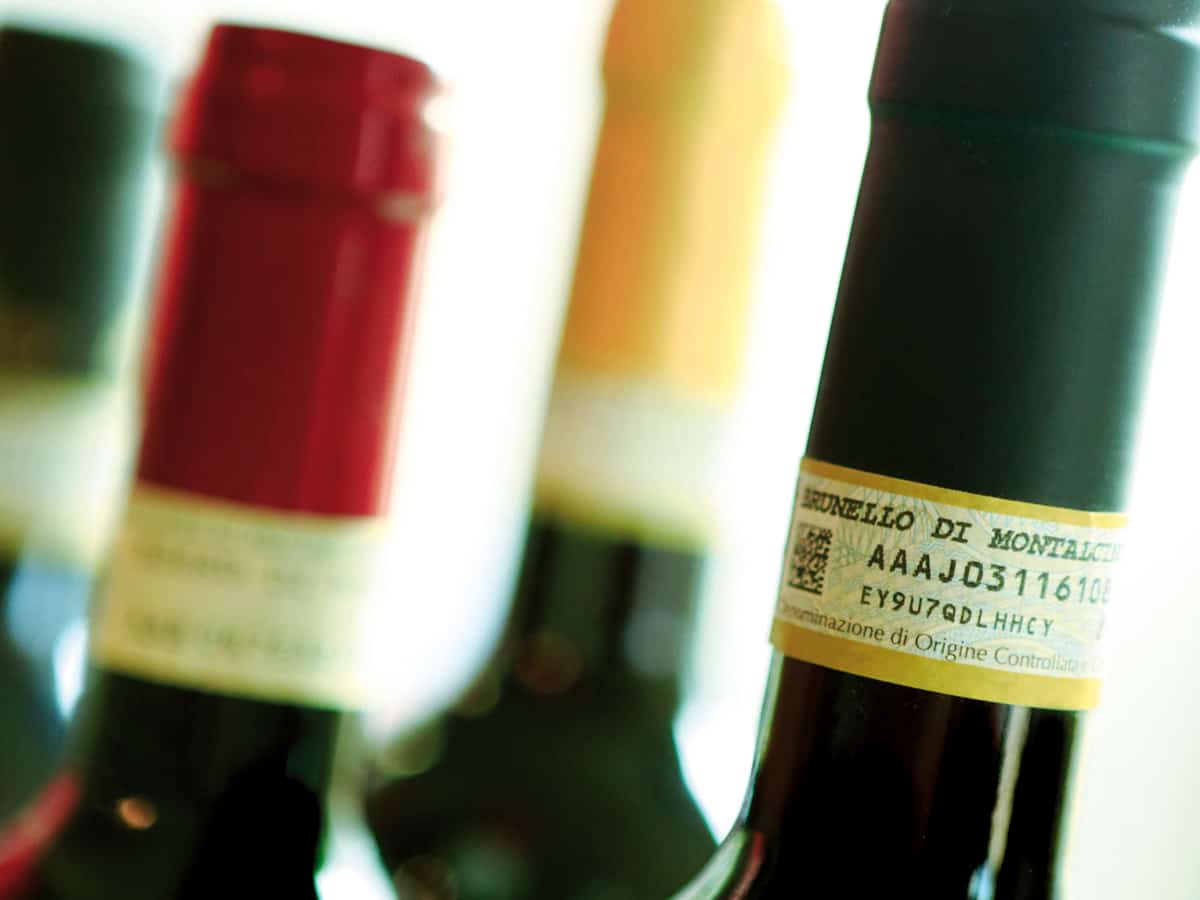 The tricolour arrives on DOC and DOCG wines. Lollobrigida: "This is how we promote Italian identity"
The tricolour arrives on DOC and DOCG wines. Lollobrigida: "This is how we promote Italian identity"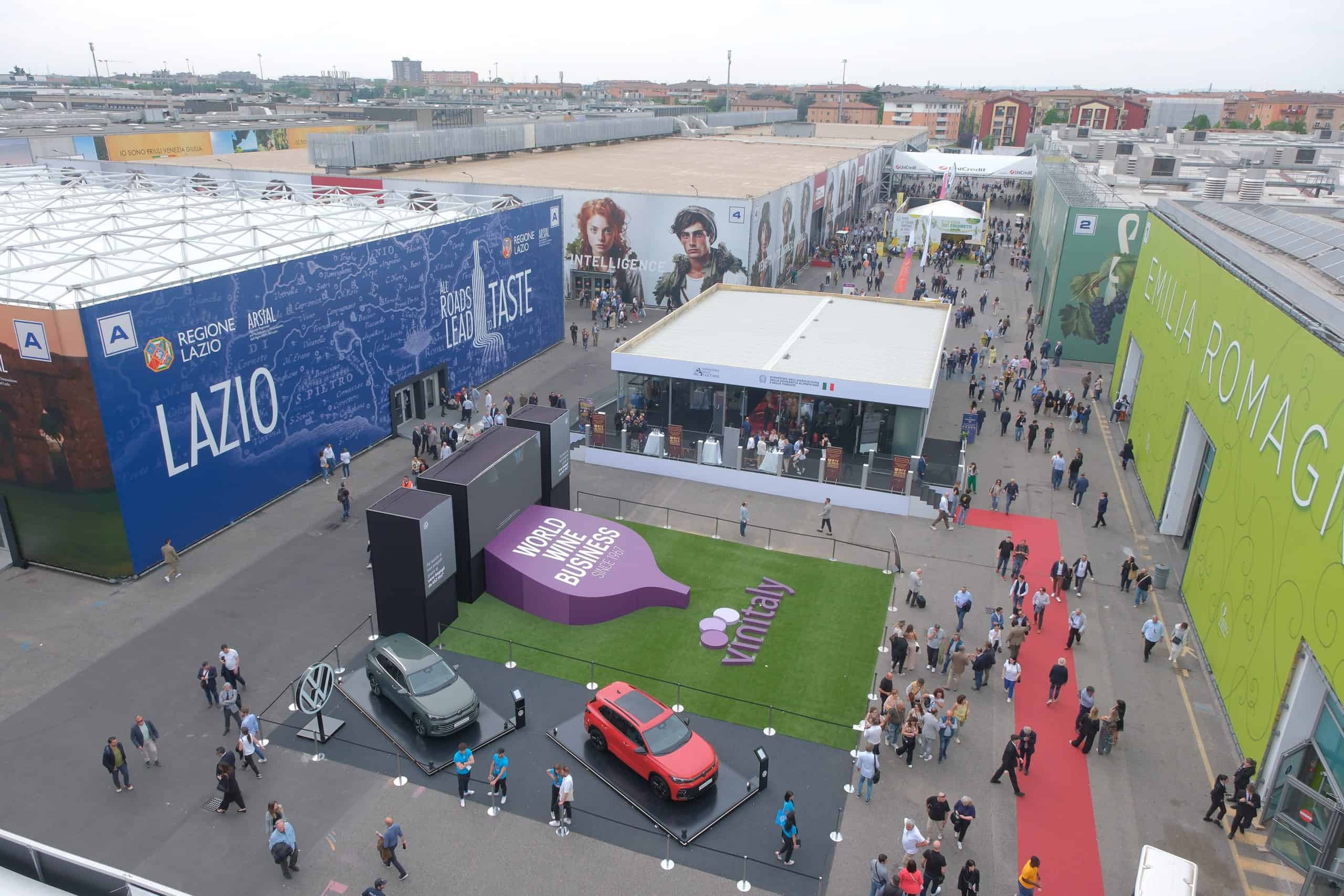 Ten tastings not to miss at Vinitaly 2025: from “new” Barolos to vegan wines, Chianti Classico to skin-contact wines
Ten tastings not to miss at Vinitaly 2025: from “new” Barolos to vegan wines, Chianti Classico to skin-contact wines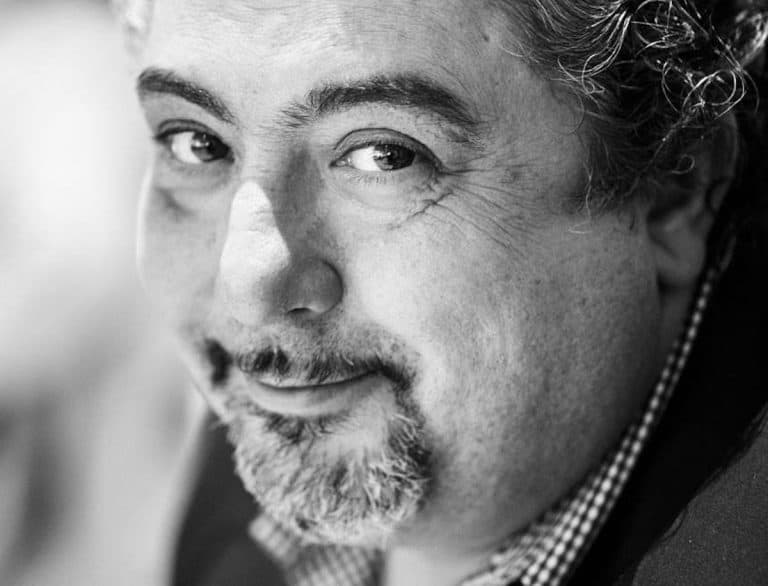 Farewell cacio e pepe in New York. "With tariffs, Pecorino Romano will also become more expensive." The warning from Giuseppe Di Martino
Farewell cacio e pepe in New York. "With tariffs, Pecorino Romano will also become more expensive." The warning from Giuseppe Di Martino
